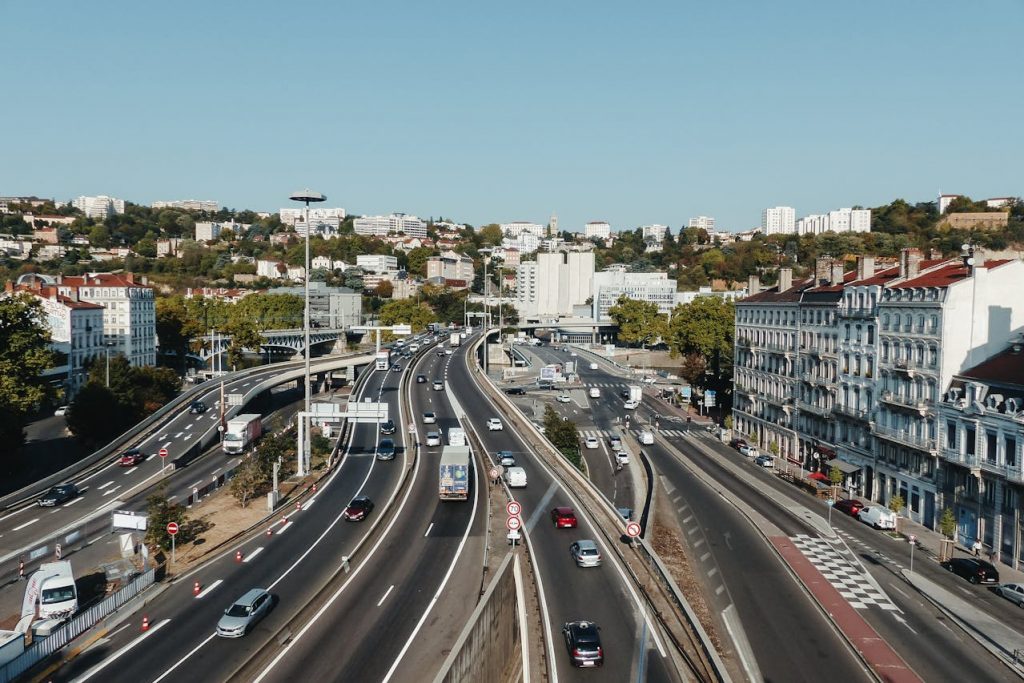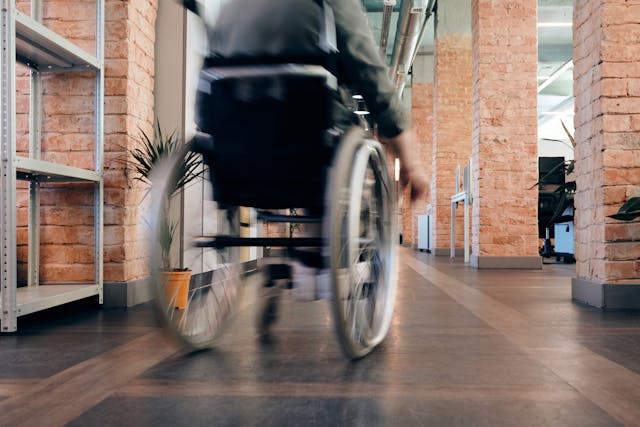- Public infrastructure is essential for a community to operate and thrive.
- Infrastructure, such as roads and bridges, connects businesses and supports the transportation of goods and services.
- Reliable infrastructure ensures that residents are healthy and safe and can access essential services.
- It also plays a crucial role in public safety and emergency response.
Infrastructure is the foundation of every community. The backbone supports economic growth, social development, and overall progress. Public infrastructure refers to the basic physical and organizational structures that make up a community, such as roads, bridges, water systems, schools, hospitals, and public transportation. This blog will take an in-depth look at the role of public infrastructure in community development and why investing in its maintenance and development is essential.
Economic Growth and Development
A strong economy requires reliable public infrastructure. Infrastructure, such as roads, bridges, and highways, connects businesses and supports the transportation of goods and services. This leads to increased business activity, job creation, and economic growth.
Public infrastructure also provides access to essential services, such as education and healthcare, which are necessary for a healthy and productive workforce. Without reliable infrastructure, communities face significant challenges in attracting and retaining businesses, leading to economic stagnation and decline.
Improved Quality of Life

Public infrastructure has a direct impact on the quality of life of residents. Reliable infrastructure, such as water systems, wastewater treatment facilities, and public transportation, ensures that residents are healthy, safe, and able to access essential services.
Good public transportation connects residents to jobs, healthcare, and education, reducing commute times and increasing productivity. Properly maintained parks and green spaces enhance the livability of a community, providing a space for physical activity and social interactions.
Public Safety and Emergency Response
Public infrastructure also plays a crucial role in public safety and emergency response. Well-maintained roads and bridges ensure that emergency service providers, such as police, firefighters, and ambulances, can rapidly respond to emergencies.
Reliable infrastructure ensures that hospitals and healthcare facilities can operate effectively during natural disasters and other emergencies. Access to clean water and sanitation facilities is also essential to prevent the spread of infectious diseases.
Sustainability and Resilience
Public infrastructure must be sustainable and resilient to ensure a community’s long-term growth and development. Municipalities must invest in modernizing and improving their infrastructure to withstand the impacts of climate change, such as flooding and extreme weather events.
This involves developing resilient water systems, transportation networks, and energy systems that reduce greenhouse gas emissions. Sustainable infrastructure also leads to cost savings in the long run, as well-maintained infrastructure is less prone to breakdowns and requires less costly repairs.
Tips for Providing Infrastructure
For a community to thrive, it must have reliable and efficient public infrastructure. Here are four tips on providing reliable public infrastructure for the community.
1. Repair damaged roads immediately
Roads play a crucial role in the development and connectivity of a community. They serve as a lifeline that connects towns, cities, and states, allowing people and goods to move around seamlessly. Unfortunately, heavy rainfall can cause significant damage to the roads, leading to potholes, bumps, and cracks that can make commuting difficult and dangerous.
That’s why it’s crucial to prioritize road repair services during the rainy season and ensure that damaged roads are immediately fixed. A well-maintained road network is essential for economic growth and reflects the government’s commitment to the safety and welfare of its citizens.
2. Make them accessible to everyone

When constructing public infrastructure, it’s essential to consider everyone’s accessibility, including the disabled, elderly, and children. Accessible public infrastructure is vital in promoting social inclusion for vulnerable groups. For instance, public buildings should have ramps, elevators, and accessible parking spaces. Road and sidewalk pavements should also be flat to enable pedestrians to walk freely.
Adjust the Infrastructure towards Weather Challenges
Weather changes drastically in different regions across the world. Communities in hurricane-prone areas must construct infrastructure that can withstand storms and surges. Buildings should be built in such a way as to ensure their structural integrity during such weather events. In other regions, during winter, snow removal companies should be engaged to clear snow on roads and in other areas to ensure the infrastructure remains passable.
4. Focus on Energy Infrastructure
Energy infrastructure is an essential component of public infrastructure. Communities must invest in it, given the long-term benefits of this. For instance, communities can consider renewable energy, such as solar and wind. By utilizing renewable energy, communities can reduce carbon emissions, helping altogether avoid harmful emissions hazards.
To Sum Up
Public Infrastructure is the backbone of a healthy and thriving community. Reliable infrastructure supports economic growth, enhances residents’ quality of life, strengthens public safety and emergency response, and ensures long-term sustainability and resilience. With increased investment in public infrastructure, we can build stronger communities that provide a higher quality of life and a brighter future for all residents.

